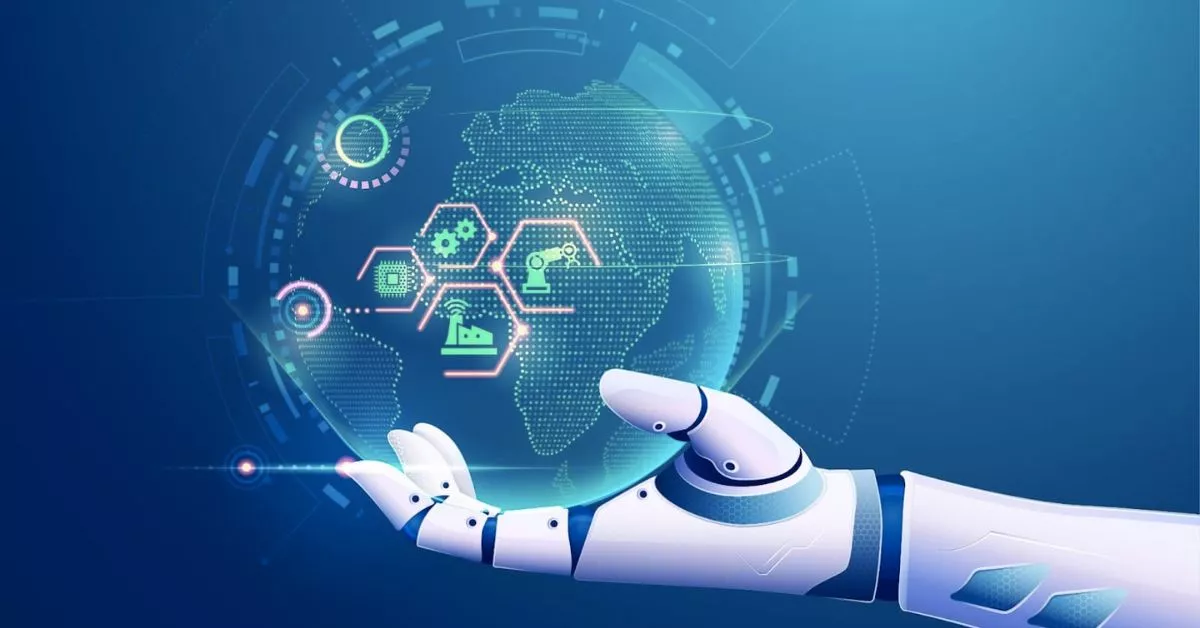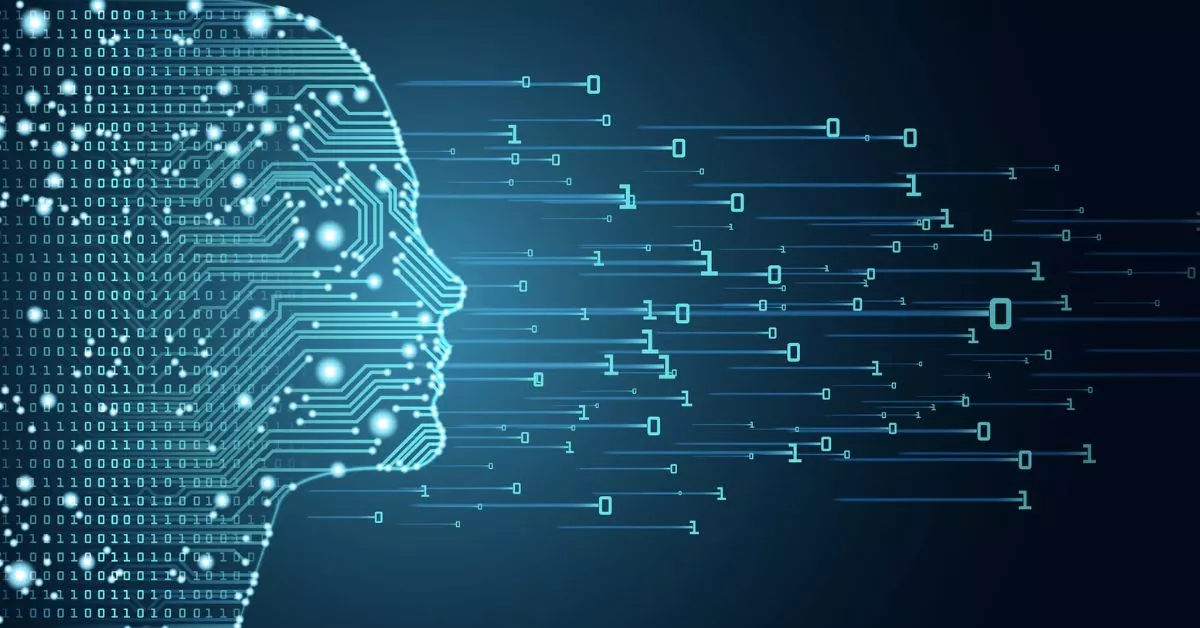Artificial intelligence (AI) has the potential to revolutionize various aspects of our lives, from the way we work to the way we interact with the world around us. While AI has often been associated with concerns about automation and job displacement, it also holds the promise of creating a more humane and equitable society.
One of the key ways in which AI can promote more humane technology is by automating tasks that are currently performed by humans in dangerous or demeaning conditions. For example, AI can be used to operate heavy machinery in factories, perform hazardous cleanup tasks, and provide care for elderly or disabled individuals. This can free up human workers to focus on more creative and fulfilling tasks, while also reducing the risk of workplace injuries and fatalities.
AI can also be used to improve the accessibility and affordability of essential goods and services. For example, AI-powered chatbots can provide customer service 24/7 in multiple languages, while AI-driven algorithms can optimize transportation routes and delivery schedules to reduce costs and improve efficiency. This can make products and services more affordable for people in underserved communities and provide them with greater access to opportunities.
In addition to its practical applications, AI also has the potential to promote more humane values and behaviors. For example, AI can be used to detect and combat online harassment and hate speech, while also promoting empathy and understanding between people from different cultures and backgrounds. AI can also be used to develop personalized educational experiences that cater to the individual needs of each student, helping to close the achievement gap and ensure that all children have the opportunity to reach their full potential.
Of course, the development and implementation of AI must be done in a responsible and ethical manner. There are valid concerns about the potential for AI to be used to create and perpetuate bias, discrimination, and surveillance. It is essential that AI systems are designed and deployed in a way that respects human rights, privacy, and dignity.
Overall, AI has the potential to create a more humane and equitable society by automating dangerous and demeaning tasks, improving the accessibility and affordability of essential goods and services, and promoting empathy and understanding between people from different cultures and backgrounds. However, it is important to use AI responsibly and ethically to ensure that its benefits are shared by all.

Here are some specific examples of how AI is being used to create more humane technology:
- AI-powered robots are being used to perform hazardous tasks in nuclear power plants and other dangerous environments.
- AI-driven algorithms are being used to optimize traffic flow and reduce congestion, which can help to improve air quality and reduce accidents.
- AI-powered chatbots are being used to provide customer service and support, which can free up human workers to focus on more complex tasks.
- AI-driven facial recognition software is being used to identify and track criminals, which can help to prevent crime and keep communities safe.
- AI-powered translation tools are being used to break down language barriers and foster communication between people from different cultures.
These are just a few examples of the many ways in which AI is being used to create a more humane and equitable society. As AI technology continues to develop, we can expect to see even more innovative and impactful applications that benefit people around the world.
Potential Benefits of AI for Creating a More Humane Society
- Automation of dangerous and demeaning tasks: AI can be used to automate tasks that are currently performed by humans in dangerous or demeaning conditions, such as operating heavy machinery, performing hazardous cleanup tasks, and providing care for elderly or disabled individuals. This can free up human workers to focus on more creative and fulfilling tasks, while also reducing the risk of workplace injuries and fatalities.
- Improvement of accessibility and affordability of essential goods and services: AI can be used to improve the accessibility and affordability of essential goods and services. For example, AI-powered chatbots can provide customer service 24/7 in multiple languages, while AI-driven algorithms can optimize transportation routes and delivery schedules to reduce costs and improve efficiency. This can make products and services more affordable for people in underserved communities and provide them with greater access to opportunities.
- Promotion of empathy and understanding between people from different cultures and backgrounds: AI can be used to promote empathy and understanding between people from different cultures and backgrounds. For example, AI can be used to detect and combat online harassment and hate speech, while also promoting empathy and understanding between people from different cultures and backgrounds. AI can also be used to develop personalized educational experiences that cater to the individual needs of each student, helping to close the achievement gap and ensure that all children have the opportunity to reach their full potential.
Challenges and Risks of AI Use
- Bias and discrimination: AI algorithms can perpetuate and amplify existing biases in society, leading to discrimination against certain groups of people. It is important to address these biases through careful design and testing of AI systems.
- Privacy and surveillance: AI systems can collect and analyze vast amounts of data about individuals, raising concerns about privacy and surveillance. It is important to establish clear data protection regulations and provide individuals with control over their personal data.
- Job displacement: AI automation has the potential to displace workers in certain industries, leading to unemployment and economic hardship. It is important to invest in retraining and reskilling programs to help workers adapt to the changing economy.
Ethical Considerations in AI Development and Deployment
- Transparency and accountability: AI systems should be transparent in their decision-making processes and accountable for their outcomes. This will allow for scrutiny and potential redress in cases of bias or discrimination.
- Human oversight and control: AI systems should not be allowed to operate autonomously without human oversight and control. This will ensure that AI remains aligned with human values and priorities.
- Social impact assessment: AI systems should be subjected to rigorous social impact assessments to identify and mitigate potential harms. This will help prevent unintended negative consequences.
Examples of AI Used for Humane Technology
- AI-powered robots are being used to perform hazardous tasks in nuclear power plants and other dangerous environments.
- AI-driven algorithms are being used to optimize traffic flow and reduce congestion, which can improve air quality and reduce accidents.
- AI-powered chatbots are being used to provide customer service and support, which can free up human workers to focus on more complex tasks.
- AI-driven facial recognition software is being used to identify and track criminals, which can help to prevent crime and keep communities safe.
- AI-powered translation tools are being used to break down language barriers and foster communication between people from different cultures.
Ensuring AI Respects Human Rights, Privacy, and Dignity
- Establish clear legal and ethical frameworks: Governments should establish clear legal and ethical frameworks for the development and deployment of AI. These frameworks should incorporate principles of human rights, privacy, and dignity.
- Promote public awareness and education: Public awareness and education are crucial for ensuring that AI is used in a responsible and ethical manner. People need to understand the potential benefits and risks of AI, as well as their rights and responsibilities in the digital age.
- Empower individuals and communities: Individuals and communities need to be empowered to participate in the shaping of AI technologies. This includes involvement in the design, development, and deployment of AI systems, as well as the ability to hold AI developers and users accountable for their actions.

By addressing the challenges and risks of AI and ensuring that it is developed and used in a responsible and ethical manner, we can harness the power of AI to create a more humane and equitable society for all.
